Contact Details

Walter says its new FM5 finishing and RM5 roughing indexable insert geometries deliver optimal cooling, longer tool life, and increased productivity in high-temperature alloy and stainless-steel machining. The new inserts owe their effectiveness, in part, to their "jet guiding geometry," or targeted cooling. Because of special channels pressed in the rake face, the coolant reaches the cutting edge directly, underneath the chip. This targeted cooling maximizes the cooling effect and increases tool life. Chipbreaking, too, is optimized. This results in increased productivity and improved workpiece surfaces.
These new indexable inserts feature Walter's Tiger·tec Silver coating with PVD Al2O3 heat shield for maximum tool life. Specifically, three grades feature PVD Al2O3 (WSM10S, WSM20S, WSM30S) and one features CVD (WMP20S).
The design of the cutting edges is also new: Their double positive macro-geometry reduces notch formation and crater wear. Both the RM5 and FM5 geometries achieve their best results in Walter toolholders with integrated precision cooling, as they were designed specifically for these coolant channel geometries. These inserts, with jet guiding geometry can also be used with standard ISO turning toolholders.
Related Glossary Terms
- chemical vapor deposition ( CVD)
chemical vapor deposition ( CVD)
High-temperature (1,000° C or higher), atmosphere-controlled process in which a chemical reaction is induced for the purpose of depositing a coating 2µm to 12µm thick on a tool’s surface. See coated tools; PVD, physical vapor deposition.
- coolant
coolant
Fluid that reduces temperature buildup at the tool/workpiece interface during machining. Normally takes the form of a liquid such as soluble or chemical mixtures (semisynthetic, synthetic) but can be pressurized air or other gas. Because of water’s ability to absorb great quantities of heat, it is widely used as a coolant and vehicle for various cutting compounds, with the water-to-compound ratio varying with the machining task. See cutting fluid; semisynthetic cutting fluid; soluble-oil cutting fluid; synthetic cutting fluid.
- indexable insert
indexable insert
Replaceable tool that clamps into a tool body, drill, mill or other cutter body designed to accommodate inserts. Most inserts are made of cemented carbide. Often they are coated with a hard material. Other insert materials are ceramic, cermet, polycrystalline cubic boron nitride and polycrystalline diamond. The insert is used until dull, then indexed, or turned, to expose a fresh cutting edge. When the entire insert is dull, it is usually discarded. Some inserts can be resharpened.
- physical vapor deposition ( PVD)
physical vapor deposition ( PVD)
Tool-coating process performed at low temperature (500° C), compared to chemical vapor deposition (1,000° C). Employs electric field to generate necessary heat for depositing coating on a tool’s surface. See CVD, chemical vapor deposition.
- rake
rake
Angle of inclination between the face of the cutting tool and the workpiece. If the face of the tool lies in a plane through the axis of the workpiece, the tool is said to have a neutral, or zero, rake. If the inclination of the tool face makes the cutting edge more acute than when the rake angle is zero, the rake is positive. If the inclination of the tool face makes the cutting edge less acute or more blunt than when the rake angle is zero, the rake is negative.
- turning
turning
Workpiece is held in a chuck, mounted on a face plate or secured between centers and rotated while a cutting tool, normally a single-point tool, is fed into it along its periphery or across its end or face. Takes the form of straight turning (cutting along the periphery of the workpiece); taper turning (creating a taper); step turning (turning different-size diameters on the same work); chamfering (beveling an edge or shoulder); facing (cutting on an end); turning threads (usually external but can be internal); roughing (high-volume metal removal); and finishing (final light cuts). Performed on lathes, turning centers, chucking machines, automatic screw machines and similar machines.


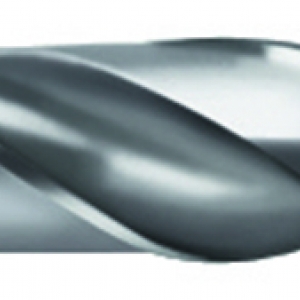
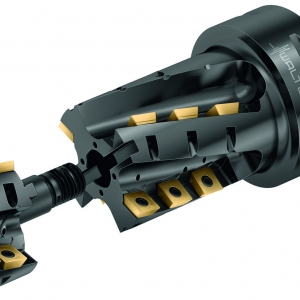

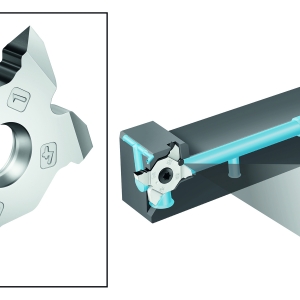
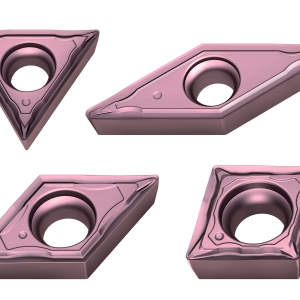
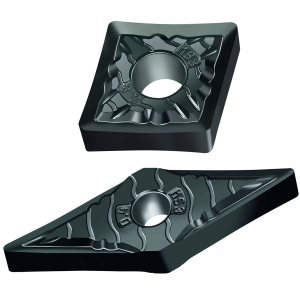
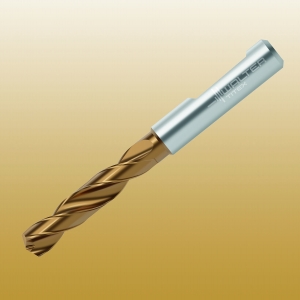
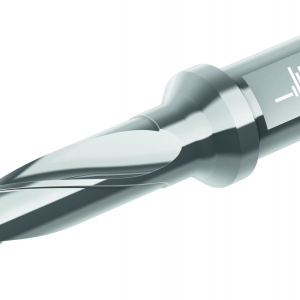
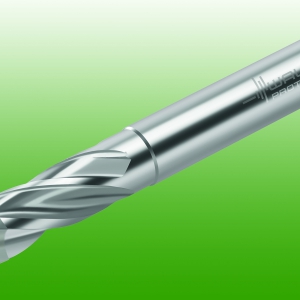
 PRODUCTS
PRODUCTS

